Introduction
Exploring the 3D physical world has long been a cornerstone challenge in artificial intelligence. Johns Hopkins University’s GenEx (Generative Explorer) takes a transformative step by creating explorable 3D environments from a single RGB image, enabling agents to navigate boundless, dynamically generated landscapes. This groundbreaking platform bridges generative AI with embodied intelligence, offering diverse applications from VR gaming to robotics.
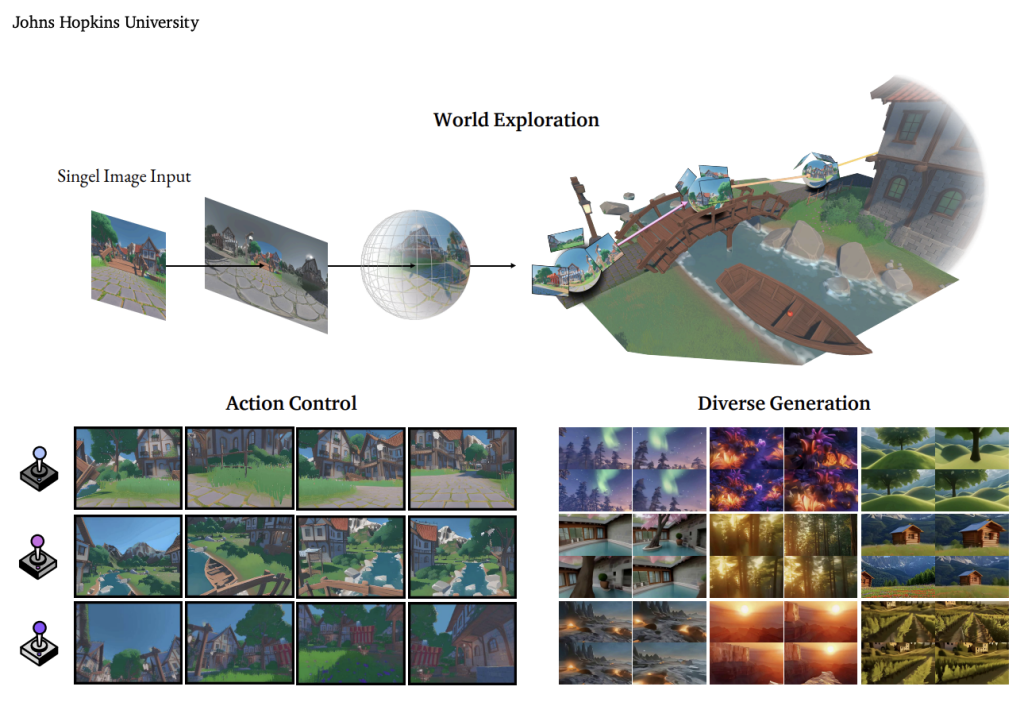
Key Technical Innovations
1. World Initialization
GenEx begins by generating a 360° panoramic view from a single RGB image and a textual description. This is achieved through a fine-tuned diffusion model (FLUX.1) that leverages Unreal Engine 5 (UE5) and Unity for training data. The generated world achieves high fidelity and dynamic consistency.
• Input: 1024 × 1024 image + text description
• Output: 360° × 180° high-dynamic-range panorama

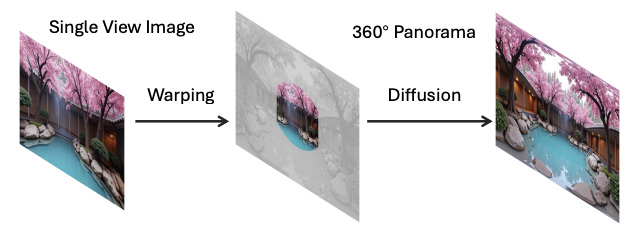
2. World Transition
As the agent navigates, GenEx dynamically generates panoramic video sequences based on spherical transformations. The transition maintains coherence across consecutive views using a video diffusion model with spherical-consistency learning (SCL).
• Action Space: Rotation (α) and forward distance (d)
• Output: Seamless 360° panoramic videos
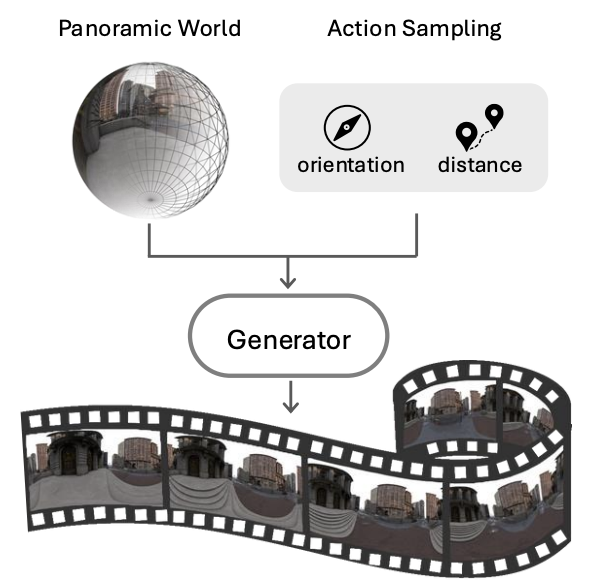
3. Exploration Modes
GenEx offers three modes of exploration:
• Interactive Exploration: Users manually guide the agent’s movements.
• GPT-Assisted Navigation: A GPT-4o pilot optimizes paths to prevent model collapse.
• Goal-Driven Navigation: The agent follows high-level instructions for task-specific exploration.
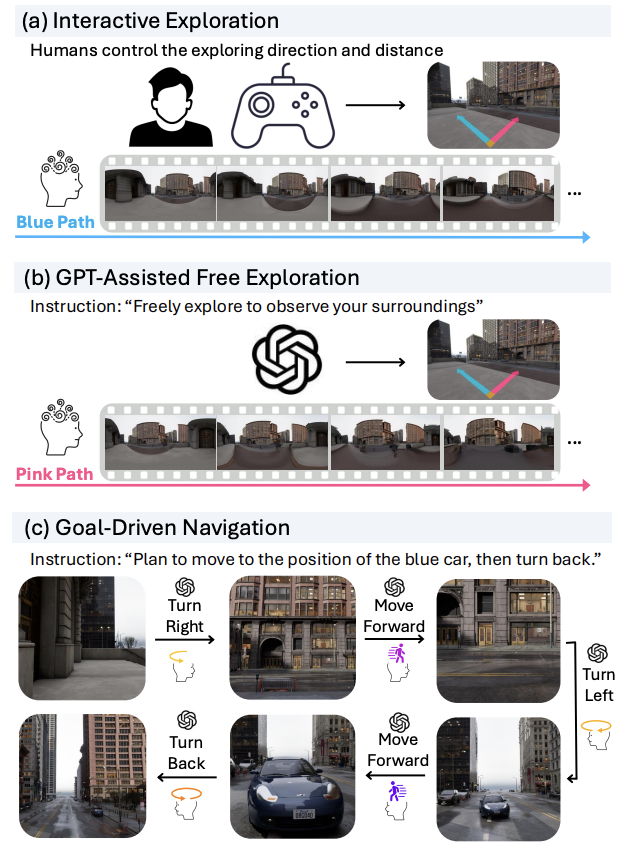
Performance and Applications
1. Generation Quality
GenEx outperforms state-of-the-art models in metrics such as SSIM (0.94) and FID (69.5), demonstrating superior video quality and 3D consistency.
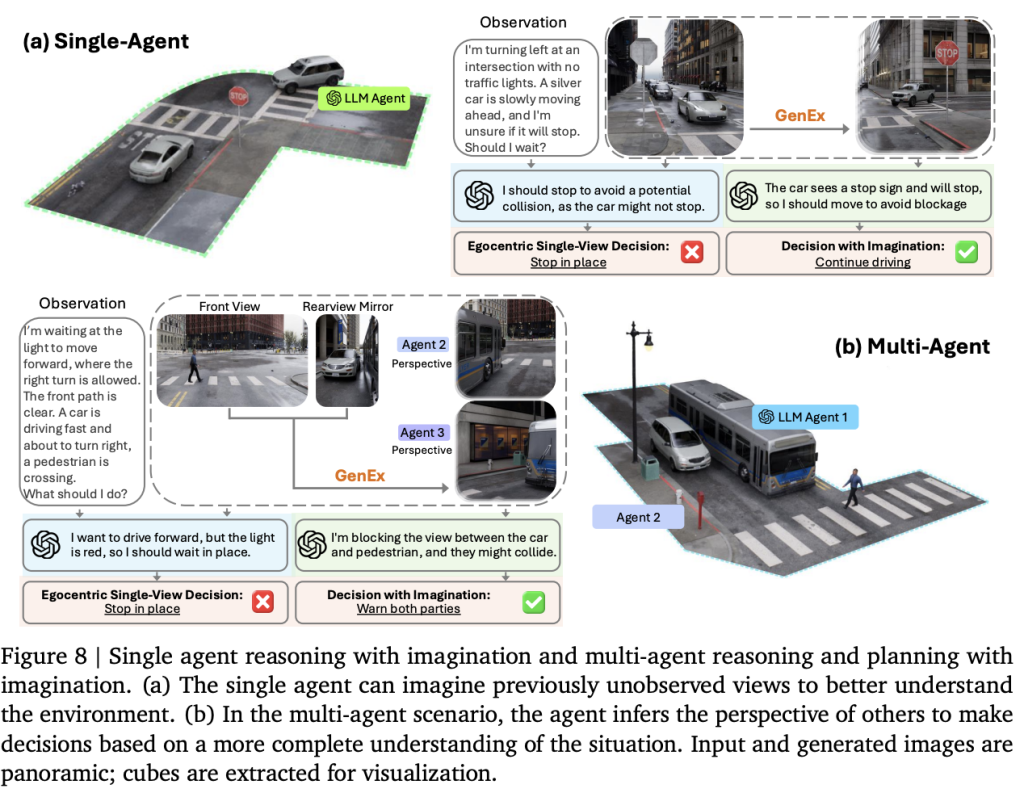
2. Active 3D Mapping
Agents use continuous exploration to reconstruct detailed 3D maps, enabling applications in robotics and navigation systems.
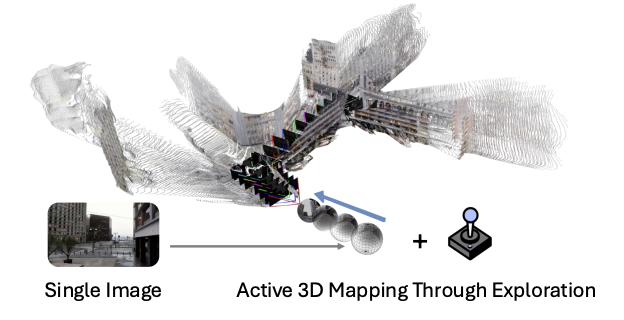
3. Decision-Making Enhancement
Through the Imagination-Augmented Policy, GenEx integrates real and imagined observations, improving decision accuracy in tasks like obstacle avoidance and multi-agent coordination.
4. Multi-Agent Interaction
GenEx allows multiple agents to collaboratively explore, infer others’ perspectives, and refine strategies, paving the way for cooperative AI systems.
Future Directions
GenEx is poised to redefine real-world navigation, immersive gaming, and embodied intelligence. Future challenges include bridging simulated and real-world environments, incorporating dynamic conditions, and ensuring ethical safeguards.
GenEx is more than a generative tool—it’s a window into the future of AI-driven exploration.
Appendix
Reference to:https://arxiv.org/abs/2412.09624
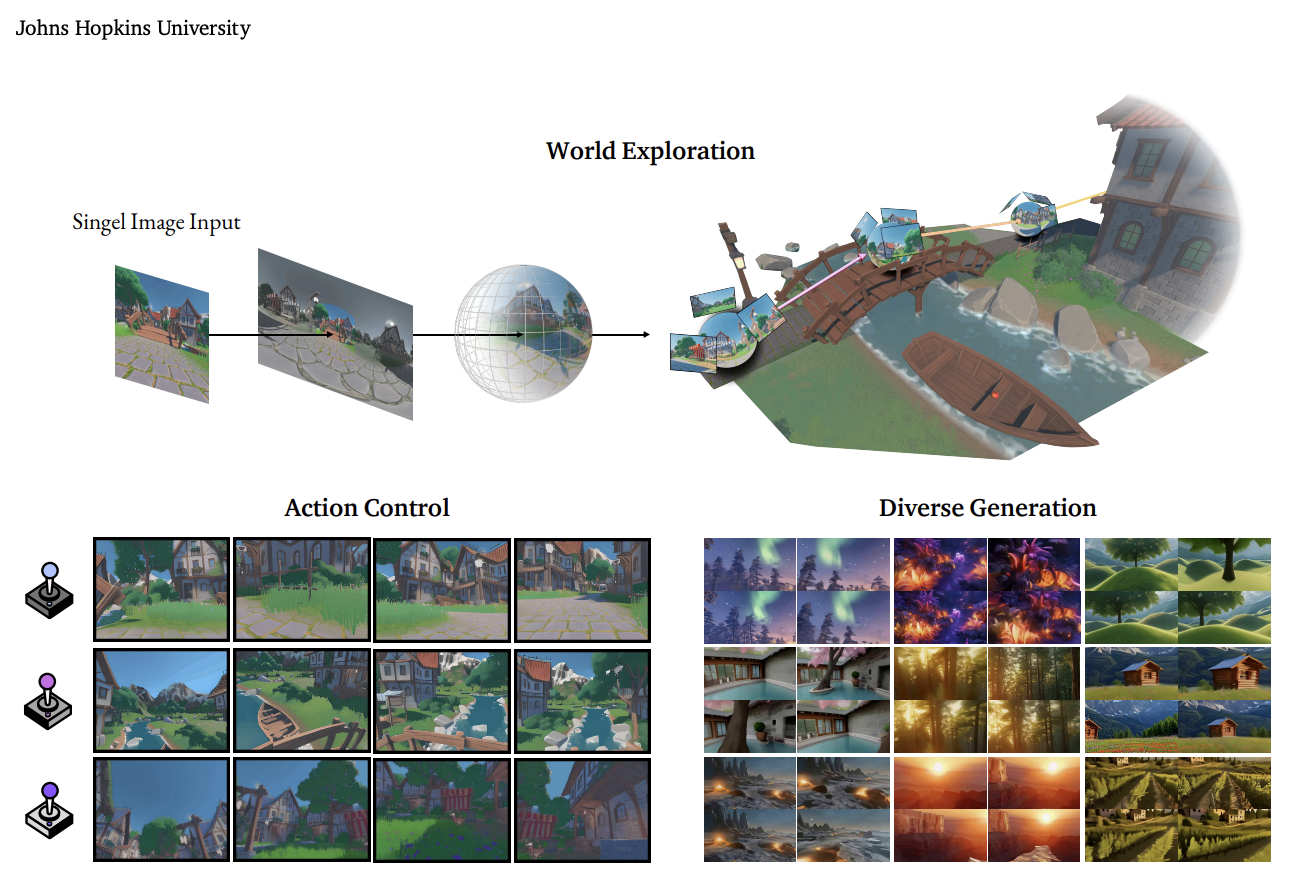
 using WordPress and
using WordPress and
No responses yet